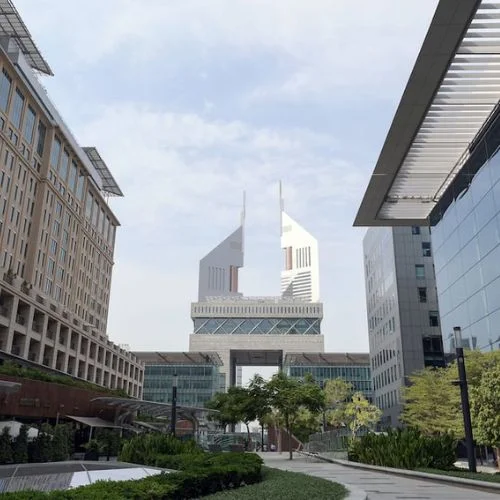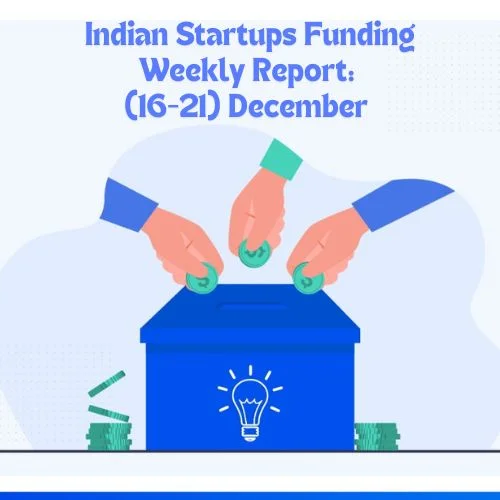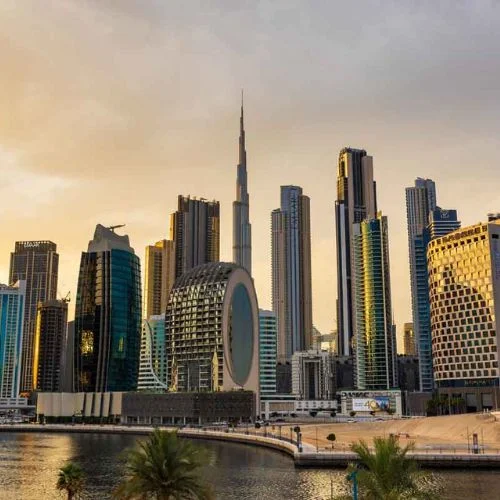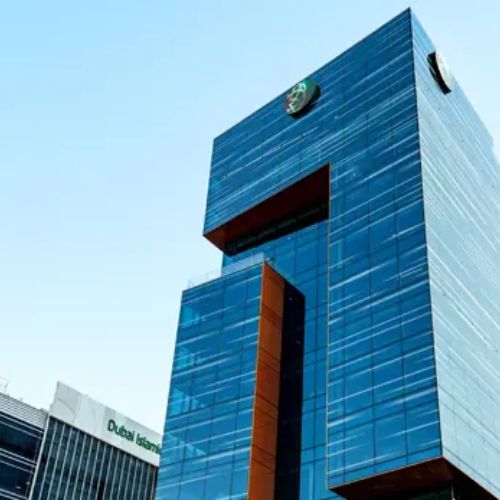Mukesh Ambani and Gautam Adani tiptoed their way to the top two rungs of Asia’s wealth ladder for years. While one constructed a telecom and retail empire, the other monopolized transportation and energy distribution. However, the two billionaires from Gujarat state in India are increasingly overlapping, setting the stage for a conflict that might change the country’s corporate environment. The shock is certain to resonate through the halls of power, given the duo’s connection to politics.
According to Bloomberg News, the Adani Group has considered buying a share in Saudi Aramco from the oil-rich kingdom’s Public Investment Fund, potentially as part of a larger tie-up or asset swap arrangement. This comes just months after Ambani’s Reliance Industries Ltd. and Saudi Aramco called off plans to sell 20 percent of the Indian conglomerate’s oils-to-chemicals subsidiary to the Saudi behemoth for $20 billion to $25 billion in Aramco stock. Last year, Reliance got Aramco chairman Yasir Al-Rumayyan to join its board of directors as an independent director in an attempt to strengthen the collaboration.
The world’s largest crude oil producer, Saudi Aramco, is still a better fit for Ambani’s Reliance, which controls the world’s largest refining complex in Jamnagar, Gujarat. Polymers, polyester, and fiber-intermediates are also produced by Reliance. But Adani, too, has hoped to go into the petrochemicals business by partnering with BASF SE, Borealis AG, and the Abu Dhabi National Oil Company, or Adnoc, to build a $4 billion acrylics complex near his Mundra port in Gujarat. The scheme was thwarted by Covid-19. This wasn’t his first foray into the petrochemical industry: a project in Gujarat that was supposed to bring in Taiwan’s CPC Corp also fell through.
After setting up a new petrochemicals business last year, it became evident that Adani will try to break through the rival group’s cash-flow moat constructed by Dhirubhai Ambani, India’s “Polyester Prince” (and father of Reliance’s current CEO). The intriguing question is if Adani’s plans involve the construction of a refinery.
In 2018, Aramco and Adnoc announced plans to build a $44 billion refinery in partnership with state-owned Indian companies. That proposal fell through after the project’s intended location in India’s Maharashtra state was lost due to local political opposition. Is it possible for the Adani Group to resurrect that project? According to Bloomberg News, the preliminary negotiations with Aramco appear to have a modest focus for now: partnership in renewable energy, crop nutrients, or chemicals. If Aramco remains interested in controlling a captive refinery in India, the terms of its Adani cooperation could change.
This would pit the billionaires against one other – not for the first time. In June of last year, Ambani told his shareholders that he was beginning on the “most difficult” task of his life by switching to clean energy and fuel. He followed up with a blitzkrieg of field purchases. Prior to that, Adani had set a goal of being the world’s largest renewable energy generator by 2030. Ambani put Reliance in the lead role in India’s climate-change story by disclosing his plans for four gigafactories in Jamnagar, one each for solar panels, batteries, green hydrogen, and fuel cells. He did so two days before the COP26 meeting in Glasgow, where Prime Minister Narendra Modi made a bold vow to reduce India’s reliance on fossil fuels.
Analysts tend to group Ambani and Adani together as if they were a duopoly in India. In a recent Foreign Affairs article about how India’s inward turn could stymie its rise, economist Arvind Subramanian, an adviser to the Modi administration until 2018, and Josh Felman, a former International Monetary Fund official in New Delhi, wrote about how the government is encouraging an extraordinary concentration of economic power by backing the “2As” at the expense of other companies, both domestic and foreign.
By devouring smaller and weaker enterprises adjacent to their operations, the two superstar corporate groups are indeed diminishing the competition intensity in the larger economy. Despite this, all indications point to a heated rivalry between them. Ambani used the telecom road to become the czar of India’s consumer data; Adani wants to enter from the other end by providing green energy-powered storage services for bits and bytes. Ambani is in a fierce battle for control of the supermarket supply chain with Amazon.com Inc. Adani controls India’s No. 1 edible oil brand and stocks grain for the government-run Food Corporation of India.
Their financial statements differ. Firms affiliated to Adani have been hyperactive in the international loan market for the past five years, borrowing more than any other Indian corporation. Meanwhile, Ambani has transformed Reliance into a low-leverage fortress, which is a good thing when global interest rates rise. Visions differ as well. While Adani, 59, provides grid power to households (along with cooking gas through a partnership with TotalEnergies SE of France), Ambani, who is five years older, envisions a future in which “every house, farm, factory, and habitat could, in principle, free itself from the grid by generating its own power.” Will the two billionaires try to modify policies — and influence politics — to achieve their own objectives? Yes, absolutely. A conflict appears to be almost inevitable.















